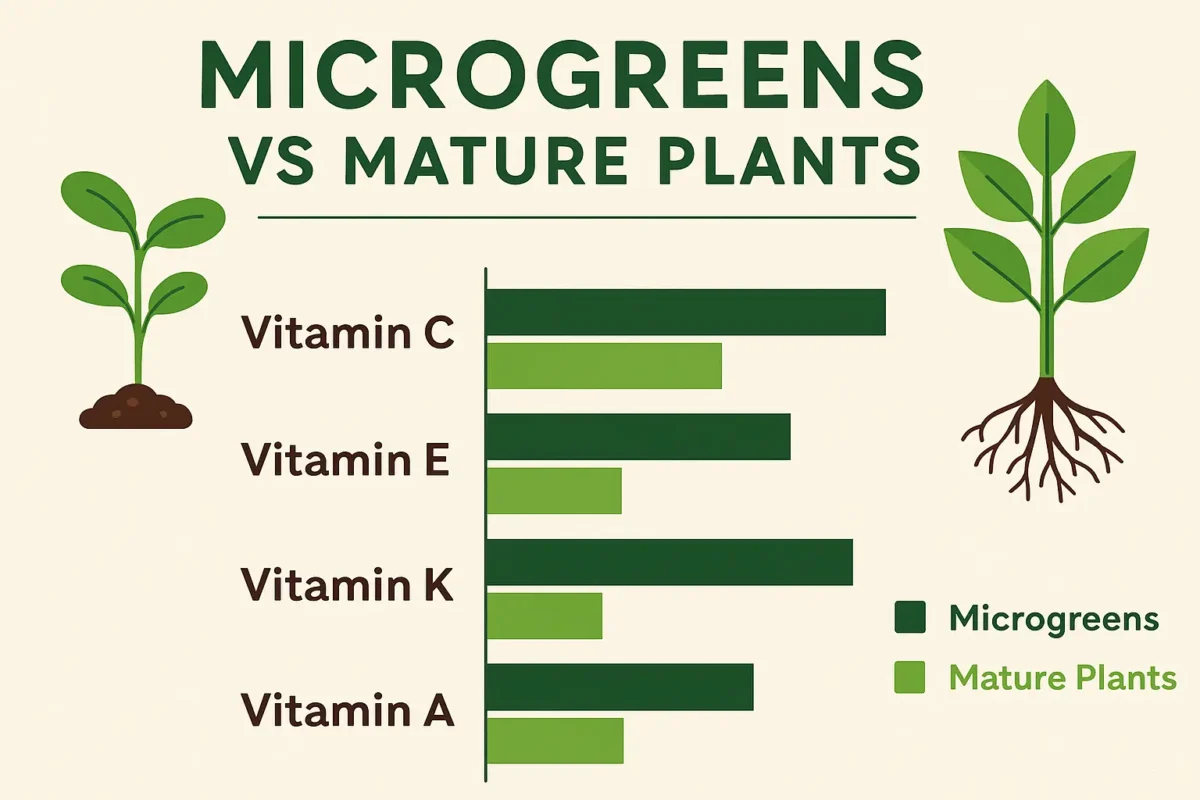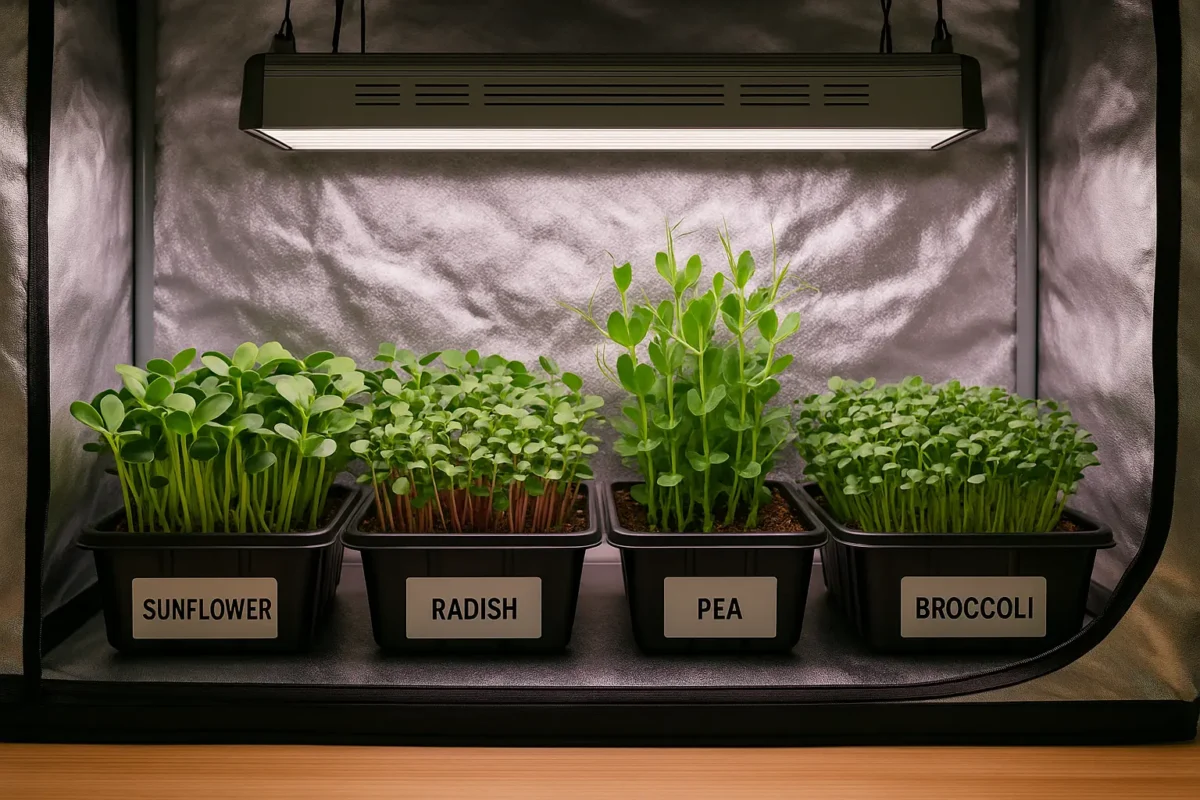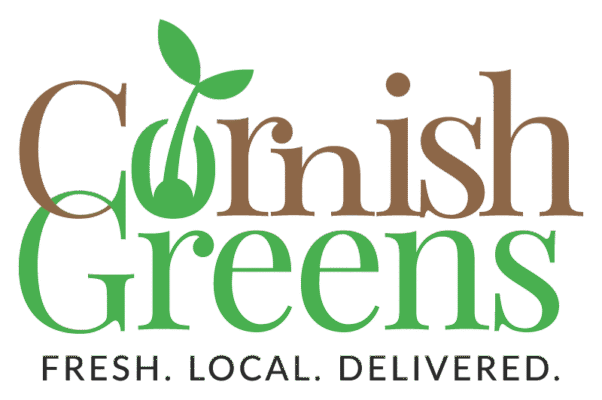Microgreens are small but mighty greens that are packed with nutrients, flavour, and the health benefits of eating microgreens daily. Despite their small size, they contain a concentrated amount of vitamins, minerals, and antioxidants, making them a fantastic addition to any diet. In this blog post, we’ll explore the numerous benefits of eating microgreens daily, along with practical tips, scientific insights, and creative ways to incorporate them into your meals.
What Are Microgreens?
Microgreens are the young seedlings of edible vegetables and herbs, harvested just after their first true leaves appear. Typically harvested within 7 to 21 days of germination and often grown in soil or hydroponic systems, they are celebrated for the health benefits of eating microgreens and their concentrated nutritional profile.
Suggested Image: Close-up of assorted microgreens in a tray (e.g., radish, sunflower, broccoli, pea shoots).
Common Types of Microgreens
- Radish: Peppery flavour, fast-growing
- Sunflower: Nutty and crunchy
- Broccoli: Mild taste, high in sulforaphane
- Pea Shoots: Sweet, tender, great for salads
Nutrient Density of Microgreens
One of the standout features of microgreens is their nutrient density. Studies have shown that they can contain up to 40 times more nutrients than their mature counterparts.
Key Nutrients Found in Microgreens
- Vitamins: A, C, E, K, B-complex
- Minerals: Iron, magnesium, potassium, zinc
- Antioxidants: Polyphenols, flavonoids
- Phytonutrients: Sulforaphane (especially in broccoli)

Health Benefits of Eating Microgreens Daily
1. Boosts Immunity
Microgreens are loaded with immune-supporting nutrients like vitamin C, zinc, and antioxidants, which contribute to the many health benefits of eating microgreens, helping your body fight off illness and inflammation.
2. Supports Heart Health
- High in potassium and magnesium, microgreens help regulate blood pressure.
- Antioxidants reduce oxidative stress, lowering the risk of heart disease.
3. Improves Digestion
- High fibre content promotes gut health.
- Enzymes found in fresh greens aid in digestion and nutrient absorption.
4. Enhances Skin and Hair Health
- Vitamin E and beta-carotene, key contributors to the health benefits of eating microgreens, promote glowing skin and strong hair.
- Sulforaphane (broccoli microgreens) is known for its detoxifying effects.
5. Balances Blood Sugar
- Some microgreens (e.g., fenugreek) may help regulate blood sugar levels.
- Their low glycaemic load makes them safe for diabetics.

Scientific Backing
Numerous studies confirm the nutritional superiority of microgreens, reinforcing the many health benefits of eating microgreens daily:
- USDA (2012): Red cabbage microgreens contained 6 times more vitamin C and 69 times more vitamin K than mature red cabbage. Read the USDA study.
- UK Collaboration (2024): The John Innes Centre and Quadram Institute, in partnership with vertical farming company Ro-Gro, developed the UK’s first vitamin B12-enriched pea shoots, delivering 100% of an adult’s recommended intake in just 15g. Read the Ro-Gro article.
- Scientific Reports (2020): A study published in Nature Scientific Reports analysed six microgreen varieties and found significantly higher antioxidant concentrations, including over 825 mg GAE/100 g in broccoli microgreens. Read the Scientific Reports study.
How to Eat Microgreens Daily
Easy Meal Ideas
- Breakfast: Add to scrambled eggs, omelettes, or smoothies
- Lunch: Top your sandwich, wrap, or salad
- Dinner: Use as garnish for soups, pasta, or grilled meats
- Snacks: Mix into hummus, avocado toast, or rice cakes
How Much to Eat Daily
A small handful (approx. 25g) daily is enough to experience the impressive health benefits of eating microgreens and enjoy noticeable nutritional improvements.

Growing Your Own Microgreens
Eating microgreens daily is more affordable and sustainable when you grow them at home.
Benefits of Growing Your Own
- Fresh harvests every week
- Control over soil, light, and watering
- Reduced food waste and packaging
Beginner Tips
- Use shallow trays and coco coir or compost
- Mist daily and harvest in 7–14 days
- Store in an airtight container in the fridge

Are There Any Risks?
Microgreens are generally safe, but here are some tips to avoid issues:
Tips to Stay Safe
- Always wash microgreens before eating
- Avoid growing in unclean conditions
- Store in fridge and consume within 5–7 days
Final Thoughts
Adding microgreens to your daily routine is one of the simplest and most impactful ways to enjoy the health benefits of eating microgreens. Whether you’re growing them yourself or buying locally, their vibrant taste and powerful nutrition make them a superfood worth celebrating.

FAQs
Are microgreens better raw or cooked?
Raw is best to preserve nutrients, though light wilting is okay for soups or sautés.
Can children eat microgreens?
Yes, they are perfectly safe and highly nutritious for kids.
Do microgreens replace vegetables?
No, they should supplement a balanced diet, not replace whole vegetables.
Want to learn more about microgreens and their impact on health? Read our full guide on the Antioxidant Power of Microgreens →
